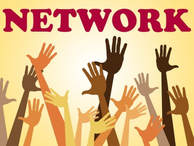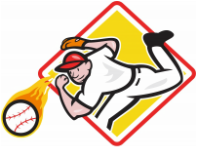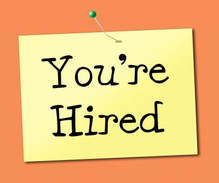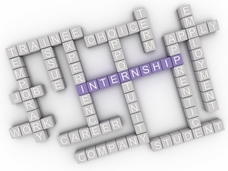“Two of my strengths are ___________ (hard skill relevant to the job you’re applying for) + ___________ (soft skill relevant to the job you’re applying for). An example of my hard skill is___________. An example of my soft skill is___________.”
What are hard and soft skills?
A hard skill is a concrete, teachable skill, such as programming, teaching, counseling, and supervising. A soft skill is an interpersonal skill or personal quality that helps you do your job well, such as being diplomatic, flexible, organized, or detail oriented.
Example of how to use the Secret Formula
Let’s take a look at a job description, followed by an example of how to use the formula. Here’s the job description:
Position Title: Senior Editor
* Copyedit market research reports on the laptop computer industry.
* Research and write engaging articles on laptops for our monthly newsletter.
* Edit website content and marketing materials.
* Develop and maintain a corporate style guide, and ensure consistent branding across all publications.
Desired qualifications:
* Bachelor’s degree.
* Four+ years of copyediting experience.
* Highly detail oriented, excellent oral communications skills, and strong time-management abilities.
Now, here’s a response to “What are your strengths?” using the Secret Formula:
“Two of my strengths are style guide development and time management.
When I worked at XTREME Software, for example, I developed a 50-page corporate style guide that I used to ensure consistency across all our marketing materials and website. Not only did this result in consistent branding but it also enabled us to reinforce the use of our trademarks. In fact, the legal department commended me for contributing to the company’s trademark protection.
My time-management skills have come in handy throughout my career. When I was working as an editor at XTREME, the webmaster took a leave of absence for six months. While she was gone, I managed both the website and my own job. As you can imagine, this was quite a juggling act, but because I’ve developed a scalable time-management system, I was able to successfully perform both jobs. And when it came time for my annual review, my manager recognized my efforts by giving me a five-percent raise.”
The power of the Secret Formula
The Secret Formula is powerful because it gives you the opportunity to highlight your accomplishments and achievements. Your examples prove your claims, and demonstrating your strengths is much more interesting than describing them.
Before your next interview, make a list of your relevant strengths (use the job description as a guide) and examples of each one. Plug them into the Secret Formula, and practice answering “What are your strengths?” a few times. You’ll have a compelling answer that gives you confidence!




















 RSS Feed
RSS Feed